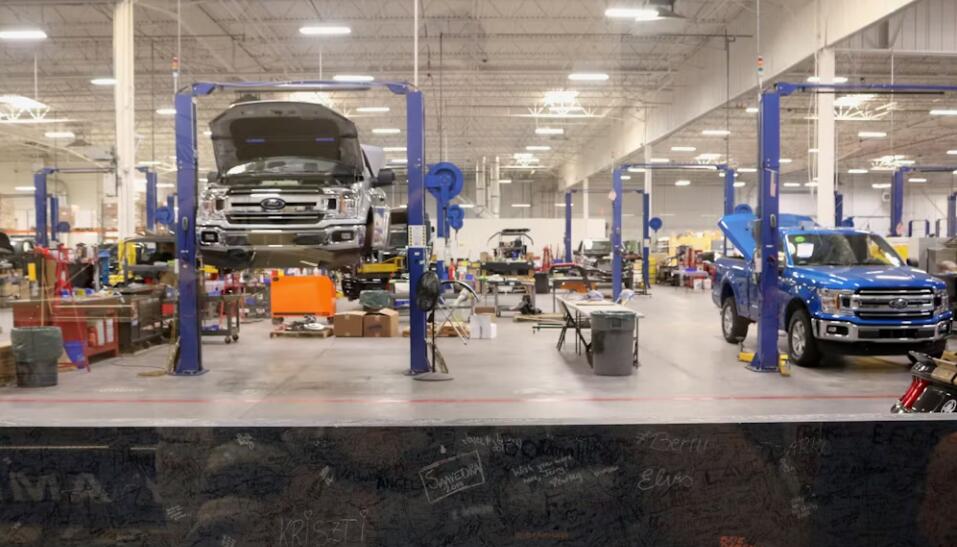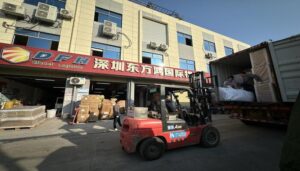To ship auto parts from China to the USA successfully, you must choose the right shipping method, follow U.S. compliance rules, package the goods correctly, and work with a reliable China freight forwarder. This guide teaches you every step—from supplier coordination to customs clearance and final delivery—so you can import safely, legally, and cost-effectively.
Many U.S. buyers struggle with the same problems: damaged auto parts due to poor packaging, suppliers using cheap and unreliable freight agents, unexpected customs delays, missing compliance documents, unclear duties, and shipping quotes that change later. As someone who has spent more than 12 years helping American businesses and individuals import auto parts from China, I’ve seen these issues hundreds of times.
In this guide, I will walk you through exactly how to ship auto parts from China to the USA—step by step. We will cover compliance, methods, packaging, costs, documents, customs, and how DFH Logistics can help simplify the entire logistics process. By the end, you’ll know everything needed to complete your shipment smoothly without any surprises.
Can You Really Ship Auto Parts from China to the USA?
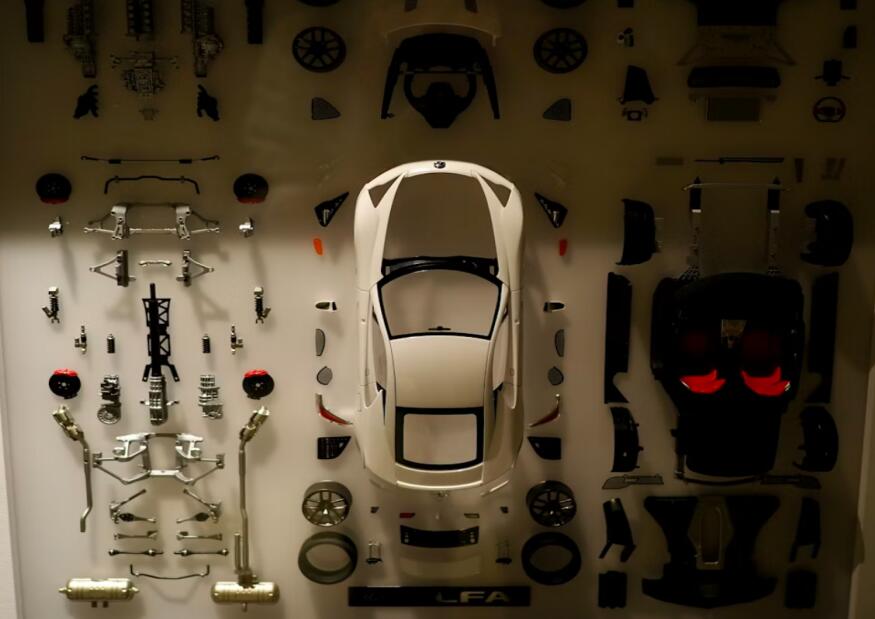
Yes — you can legally ship most auto parts from China to the USA, even without a business license. The key is knowing which parts require special paperwork, which ones need special packaging, and how to handle customs correctly to avoid delays or penalties.
If you’re reading this, chances are you’re facing at least one of these situations:
- You found a good supplier on Alibaba or through a factory but don’t know if the parts can be imported legally.
- You want to ship an engine, bumper, or electronic module but worry that customs will reject it.
- You’ve been quoted multiple shipping prices, and now everything feels confusing and risky.
- You simply want to know the real process—what to do, in what order, and how not to make expensive mistakes.
As someone who has personally helped thousands of American importers over the past 12+ years at DFH Logistics, I can reassure you:
Yes, you can ship auto parts to the USA.
And yes, the process can be simple — if you do it the right way.
Let me break it down the way I would explain it to a client sitting across from me.
What can be shipped without problems?
Most auto parts are straightforward:
- Brake pads
- Sensors
- Filters
- Headlights
- Suspension parts
- Metal components
- Most body parts
These only require standard export and import documents.
What requires special rules?
Some items fall under U.S. regulatory agencies:
- Airbags → Hazardous goods (strictly controlled)
- Lithium batteries → UN38.3 test report required
- Lubricants / chemicals → MSDS needed
- Catalytic converters → EPA compliance may apply
Don’t worry — I’ll explain exactly how to handle these later.
What cannot be shipped?
There are very few restrictions, but typically:
- Items that contain oil or fuel must be fully drained
- Extremely oversized assemblies may need special freight arrangements
If you ever doubt whether something can be shipped, you can simply send me a product link or photo and I can tell you within minutes.
What You Must Understand Before Shipping (This Avoids 80% of Problems)
Before shipping auto parts, you must clarify product details, confirm U.S. compliance requirements, and choose the right China-based freight forwarder. These three steps determine whether your shipment moves smoothly or gets delayed at customs.
Let me be honest with you — most shipping problems happen before the shipment even leaves China.
That means the key to a smooth import is getting the foundation correct.
Here are the three things you must lock down early:
1. Know Your Product Details Clearly
This sounds simple, but it is the 1 cause of customs delays.
You must know:
- What exactly the part is
- What material it is made from
- Whether it contains oil or chemicals
- Whether it has a battery
- The exact dimensions and weight
- How the supplier packaged it
Why this matters:
These determine HS codes, duties, MSDS requirements, shipping options, and inspection risk.
Small detail, big impact.
2. Know the Compliance Requirements
The USA has very strict rules for auto parts.
Here’s what typically applies:
- EPA for emissions-related parts
- DOT for safety-related items
- FMVSS for vehicles and components
- MSDS for chemicals
- UN38.3 for lithium batteries
- Hazmat classification for airbags and igniters
In my experience, most importers don’t know which rules apply — and that’s normal.
It’s my job to help you identify what’s needed and prepare it before shipping.
How to Ship Auto Parts from China to USA (A Full Step-by-Step Guide)
To ship auto parts from China to the USA, follow these steps: confirm product details, check compliance, choose your shipping method, prepare packaging, book freight, clear export customs, ship internationally, clear U.S. customs, and arrange final delivery.
Instead of giving you theory, I’ll walk you through this exactly the way I guide my paying clients.
Let’s go step by step.
Step 1: Find Supplier and Place order to your Supplier
Before you do anything else, collect the following:
- Product name
- Photos
- Material
- Whether it contains oil, fluid, or chemicals
- Whether it has electronics or batteries
- Quantity, dimensions, weight
You’ll need this information for:
- HS codes
- Shipping method choice
- Packaging requirements
- Compliance requirements
- Customs declaration
If you don’t have this information, ask the supplier — or I can request it from them on your behalf.
Step 2: Check Compliance Requirements
At this stage, I evaluate your product to determine:
- Whether MSDS is needed
- Whether EPA or DOT applies
- Whether lithium battery regulations apply
- Whether it requires special airline or carrier handling
Skipping this step is the easiest way to get a customs delay.
Step 3: Find a Reliable China Freight Forwarder
As your logistics partner, here’s what I handle for you:
- Pickup from suppliers
- Free warehouse consolidation
- Repacking for heavy items
- Correct HS code classification
- Export declaration
- Booking space with reliable airlines or carriers
- U.S. customs clearance
- Delivery to your warehouse or home
You don’t need to handle anything alone.If you cooperate with a reliable freight forwarder.
Here you can read more: How to Find a Reliable China Freight Forwarder for USA Imports?
Step 4: Choose the Appropriate Shipping Method
Choosing the right method affects:
- Time
- Cost
- Safety
- Customs handling
I will evaluate your shipment and tell you what makes the most sense based on weight, urgency, and budget.
(Details and comparison table provided later in this guide.)
Step 5: Packaging & Consolidation
Auto parts get damaged easily if not packaged properly.
At DFH, we reinforce:
- Corners
- Internal cushioning
- Moisture protection
- Wooden crates for engines or transmissions
If you buy from multiple suppliers, consolidating shipments saves cost and ensures everything is professionally packed.
So it will be better for you to have your Own China freight forwarder help you handle everything and ship out together.
Step 6: Book International Freight
This includes:
- Scheduling flights or vessels
- Confirming space
- Preparing labels
- Meeting cut-off times
- Coordinating with export customs
My team handles all of this for you.
Step 7: Export Declaration
China customs requires:
- Commercial invoice
- Packing list
- Export license
DFH can declare on behalf of your supplier if they cannot.
Step 8: International Shipping
Your cargo will be shipped by:
- Air
- Sea
- Express
- or DDP routes
We select the best route based on cost and time.
if you Choose DFH Logistics as your China Freight forwarder, we provide at least 3-4 shipping solution for your choice, and after that we help to ship as your required shipping method.
Step 9: U.S. Customs Clearance
If you have your own Freight forwarder they will help you:
- ISF filing (for sea freight)
- Entry summary
- Duties
- Compliance documents
If you use DDP shipping, you do not need to handle customs at all. as all things will be handled by your freight forwarder.
Step 10: Final Delivery
The shipment will be delivered by:
- UPS / FedEx
- Local trucking
- Liftgate service
Then you waiting to receive the packages.
Which Shipping Method Should You Choose for Auto Parts?
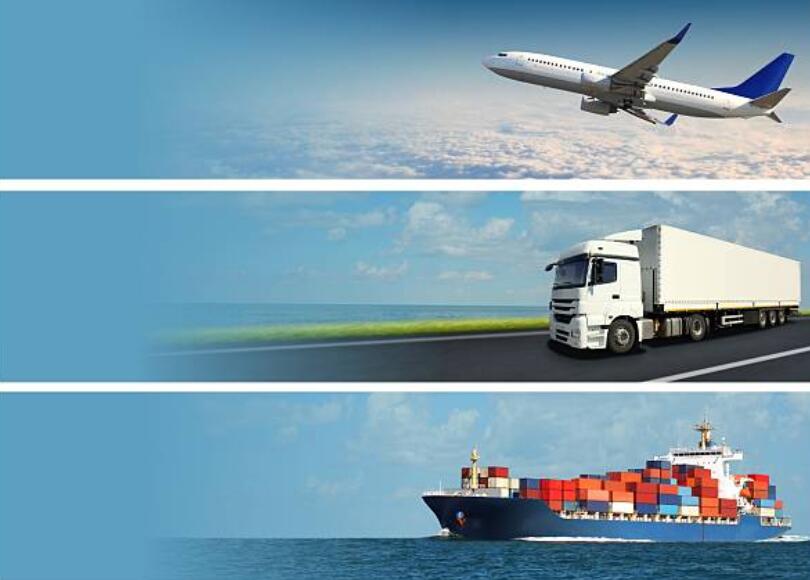
The best shipping method for auto parts depends on weight, size, urgency, product sensitivity, and your budget. Air freight is ideal for urgent or high-value items, sea freight is best for heavy or bulky parts, express is great for small packages, and DDP offers the most hassle-free experience.
When clients ask me, “Which method should I use?” I never answer until I first understand:
- What exactly are we shipping?
- How fast does it need to arrive?
- How heavy or large is the shipment?
- Are there electronics, fluids, or batteries involved?
- Are you importing as an individual or business?
- Do you want a simple, all-inclusive service (DDP)?
Below is the same explanation I give to my real customers so they can make a confident decision.
Shipping Method Comparison Table
| Shipping Method | Advantages & Disadvantages | Best Use Cases |
|---|---|---|
| Air Freight | Pros: Fast, safe for electronics, stable routing. Cons: More expensive, size limitations. | Urgent shipments, ECUs, sensors, shipments under 500 kg. |
| Sea Freight (FCL) | Pros: Cheapest per kg, stable for heavy cargo, ideal for large volumes. Cons: Slow, requires more planning. | Engines, transmissions, bumpers, 8+ CBM shipments. |
| Sea Freight (LCL) | Pros: Economical for medium-sized loads. Cons: More handling, slightly higher damage risk. | 1–8 CBM mixed parts shipments. |
| Express Courier (DHL/UPS/FedEx) | Pros: Fastest, fully door-to-door. Cons: High cost per kg. | Small packages under 30 kg, urgent parts, samples. |
| DDP Shipping (Air/Sea) | Pros: Duties + taxes included, no customs involvement for buyer, perfect for beginners. Cons: Slightly longer than standard routes. | Individuals, small businesses, Amazon sellers, anyone needing a simple turnkey solution. |
How Long Does It Take to Ship Auto Parts from China to USA?

Shipping time depends on the method: express takes 3–7 days, air freight takes 5–10 days, sea freight takes 25–45 days, and DDP services take 12–35 days depending on route and customs conditions.
Below is a realistic timeline based on current global logistics data and DFH’s daily operations.
Typical Transit Times
| Method | Door-to-Door Time |
|---|---|
| Express (DHL/UPS/FedEx) | 3–7 days |
| Air Freight | 5–10 days |
| DDP Air Shipping | 8–15 days |
| Sea Freight (LCL) | 20–40 days |
| Sea Freight (FCL) | 20–35 days |
| DDP Sea Shipping | 20–45 days |
What Affects Shipping Time?
If you’ve experienced delays before, it’s usually due to:
- Port congestion (especially Los Angeles & Long Beach)
- Weather conditions
- Peak seasons (Chinese New Year, 11.11, Christmas)
- Random customs inspections
- Incorrect HS codes or incomplete documentation
At DFH, we always check timelines based on your shipping month to help you avoid peak delays.
How Much Does It Cost to Ship Auto Parts from China to the USA?
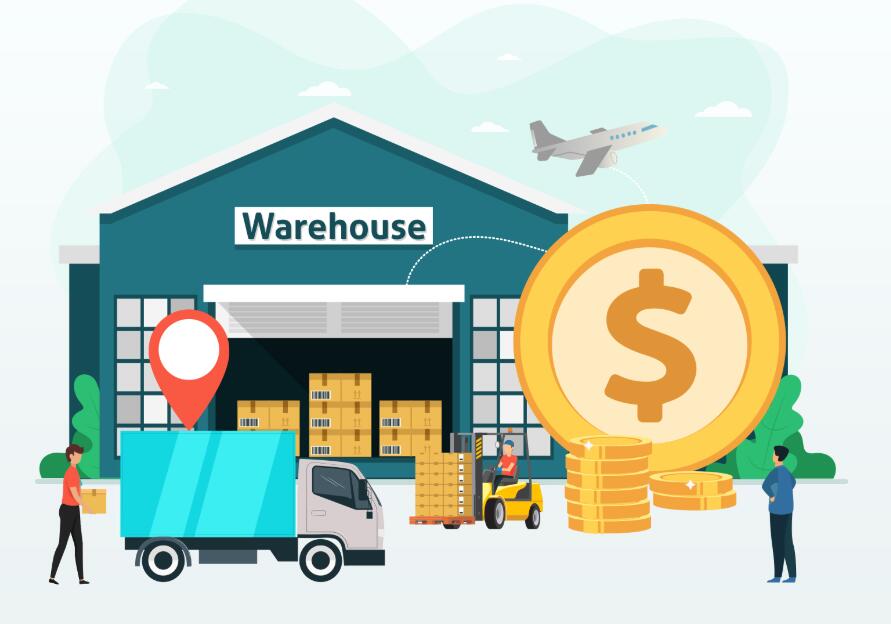
Shipping cost depends on weight, volume, route, packaging size, U.S. destination, and whether duties are prepaid. Sea freight is the most economical for heavy shipments, while air freight is best for urgent cargo.
Below are realistic cost references from DFH’s current price levels:
Typical Price Ranges
| Shipping Method | Estimated Cost |
|---|---|
| Express | $8–$12 per kg (all-in) |
| Air Freight | $5–$11 per kg |
| Sea Freight (LCL) | $1.5–$4 per kg |
| Sea Freight (FCL) | $1,200–$8,000 per container |
| DDP Air | $8–$153 per kg |
| DDP Sea | $2–$5 per kg |
Costs vary due to:
- Fuel surcharges
- Packaging size
- Peak or off-peak season
- Final delivery distance
- Product type (some require additional handling)
You can read more here: How to Reduce Shipping Costs, 15 tips you should know
Real Example (From DFH Client)
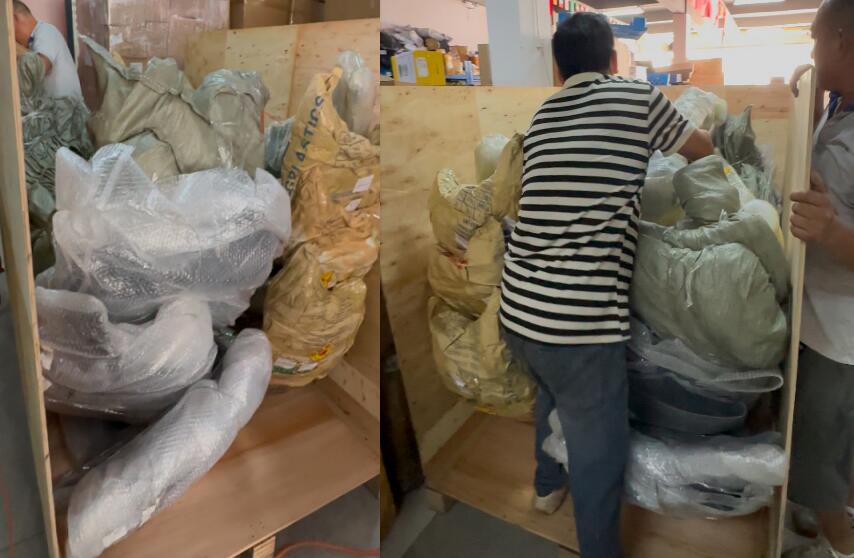
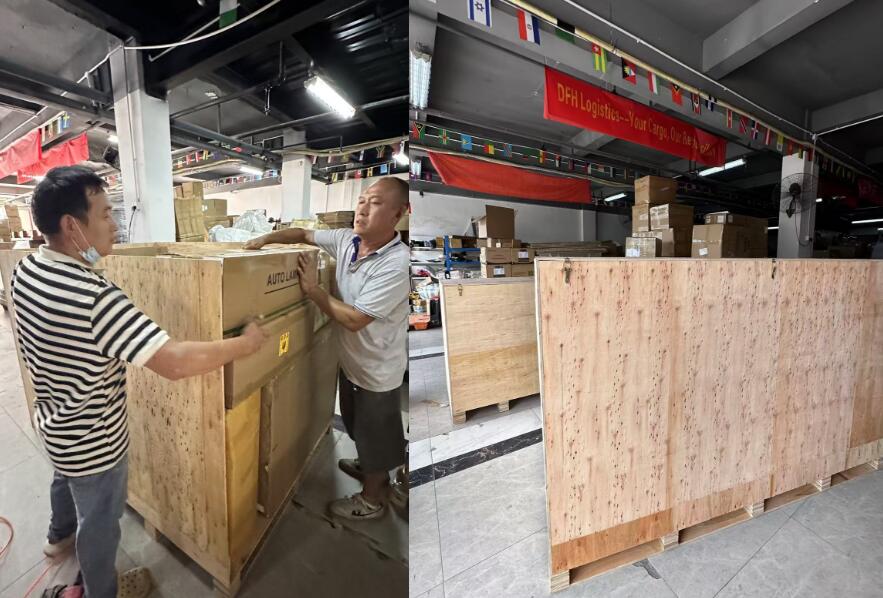
What Documents Do You Need to Ship Auto Parts?
The required documents include a commercial invoice, packing list, bill of lading/air waybill, and sometimes MSDS, UN38.3, EPA, or DOT certificates depending on product type.
Here is the same checklist I use when reviewing client shipments:
Essential Documents
Commercial Invoice
Includes product value, HS codes, selling terms.Packing List
Lists carton dimensions, weights, quantities.Bill of Lading / Air Waybill
Issued by the carrier.Certificate of Origin
Required for some buyers or duty exemptions.
Additional Documents (Depending on Product)
- MSDS → lubricants, chemicals, aerosols
- UN38.3 → lithium batteries
- EPA compliance → catalytic converters
- DOT compliance → safety-related components
If you feel it is too complicated and don’t know how to do, then the best way is choose our DDP shipping solution, Bout DDP Shipping solution, we help you prepare or reviews all documents before export to avoid customs issues.You just need one time payment to us and then waiting at home to receive the packages.
How to Package Auto Parts for Safe International Shipping
Auto parts must be packaged with reinforced materials—foam lining, shockproof cushioning, moisture protection, and wooden crates for heavy components—to prevent damage during long-distance transportation.
Here’s how we pack different categories:
Light-to-Medium Auto Parts
- Thick export-grade cartons
- Internal EVA or foam lining
- Waterproof layer
- Corner reinforcement
Heavy Auto Parts (e.g., engines, transmissions)
- ISPM-15 certified wooden crate
- Foam blocks or custom-fit protection
- Pallet base for forklift handling
- Anti-rust bags for metal parts
Electronics (ECUs, sensors)
- Anti-static bags
- Shockproof internal separation
- Double-layer cartons
Why Packaging Matters
Most damage happens due to factory-level packaging, which is often too weak for international shipping.
At DFH, we repackage goods regularly because we know what U.S. customs, carriers, and last-mile couriers require.
How to Clear Customs in the USA for Auto Parts

U.S. customs clearance requires correct HS codes, detailed product descriptions, and any compliance documents required by EPA, DOT, FMVSS, or hazardous goods regulations.
Here’s what happens during customs clearance:
Customs Entry Process
- ISF filing for sea shipments
- Document submission
- Customs officer review
- Duty calculation
- Release or inspection
Inspection Triggers
- Incorrect HS codes
- Suspicious product descriptions
- Missing MSDS or compliance files
- Lithium batteries shipped without documents
How DFH Helps
We classify HS codes, prepare compliance documents, and handle customs entry so you avoid delays.
If you choose DDP, you won’t need to handle customs at all—everything is taken care of on your behalf.
Read more: What is DDP Shipping
Common Problems Importers Face & How to Avoid Them
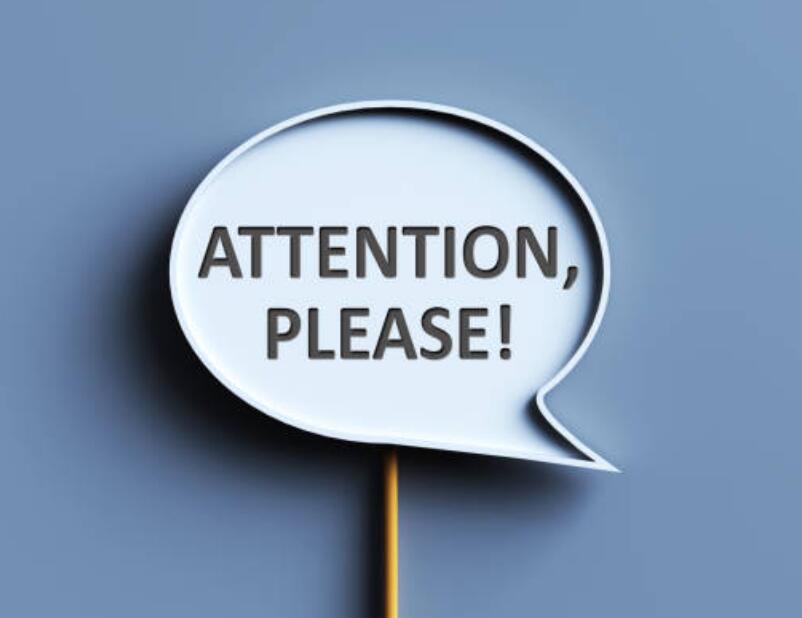
Common problems include incorrect HS codes, missing documents, cheap or unreliable freight handlers, poor packaging, supplier delays, and inaccurate product information.
Here are the problems I see most often—and what I recommend:
1. Supplier using a “cheap” freight agent
→ Avoid this. It causes delays, hidden costs, and customs issues.
2. Weak factory packaging
→ Always let your freight forwarder repackage properly.
3. Wrong HS codes
→ Customs delays or penalties.
We always verify this before export.
4. Parts containing oil not fully drained
→ Shipment rejected by airlines or carriers.
5. Lithium batteries without UN38.3
→ Customs hold.
We can help you obtain the document.
6. No consolidation
→ Higher shipping cost and more risk of damage.
You can read more: Common Shipping Challenges When Importing from China and How to Solve Them
Why Choose DFH Logistics to Ship Auto Parts to the USA

DFH Logistics provides full-service auto parts shipping from China to the USA—including supplier pickup, consolidation, reinforced packing, international freight, U.S. customs clearance, and final delivery—based on 12+ years of experience handling heavy and complex cargo.
Here is what we do better than most freight forwarders:
- Pickup in every major Chinese city
- Free 30–day warehousing
- Professional reinforced repack & crating
- Air, Sea, Express, and DDP options
- U.S. customs clearance included (with DDP)
- Delivered to your home or warehouse
- Thousands of successful auto parts shipments handled
- One-on-one shipping support tailored to your cargo
When clients work with us, they only need to do one thing:
Tell us the supplier’s contact. We handle everything else.
FAQs About Shipping Auto Parts from China to USA
1: What U.S. customs regulations apply to auto parts?
EPA, DOT, FMVSS, MSDS, and battery regulations may apply depending on the item.
2: Do auto parts require EPA or DOT certification?
Only certain parts (airbags, catalytic converters, safety components) need them.
3: What is the best Incoterm for auto parts?
DDP for beginners; FOB for experienced importers handling their own freight.
4: How much are duties on auto parts?
Most auto parts are 2–5%, though regulated items vary.
5: Can individuals import auto parts from China?
Yes, especially with DDP shipping—no business license required.
6: Why use a professional freight forwarder?
Because auto parts require proper packaging, compliance checks, customs handling, and coordination across multiple steps.
Conclusion
Shipping auto parts from China to the USA can feel overwhelming the first time — too many rules, too many options, and too many chances for things to go wrong. But once you understand the process, it becomes predictable, manageable, and highly profitable.
If you already have your supplier details, product links, or carton sizes, I can quickly prepare a tailored shipping plan that includes the best route, accurate costs, packaging advice, required documents, estimated transit time, and compliance checks.
Contact DFH Logistics for your free shipping plan.
Click here to get your quote.

